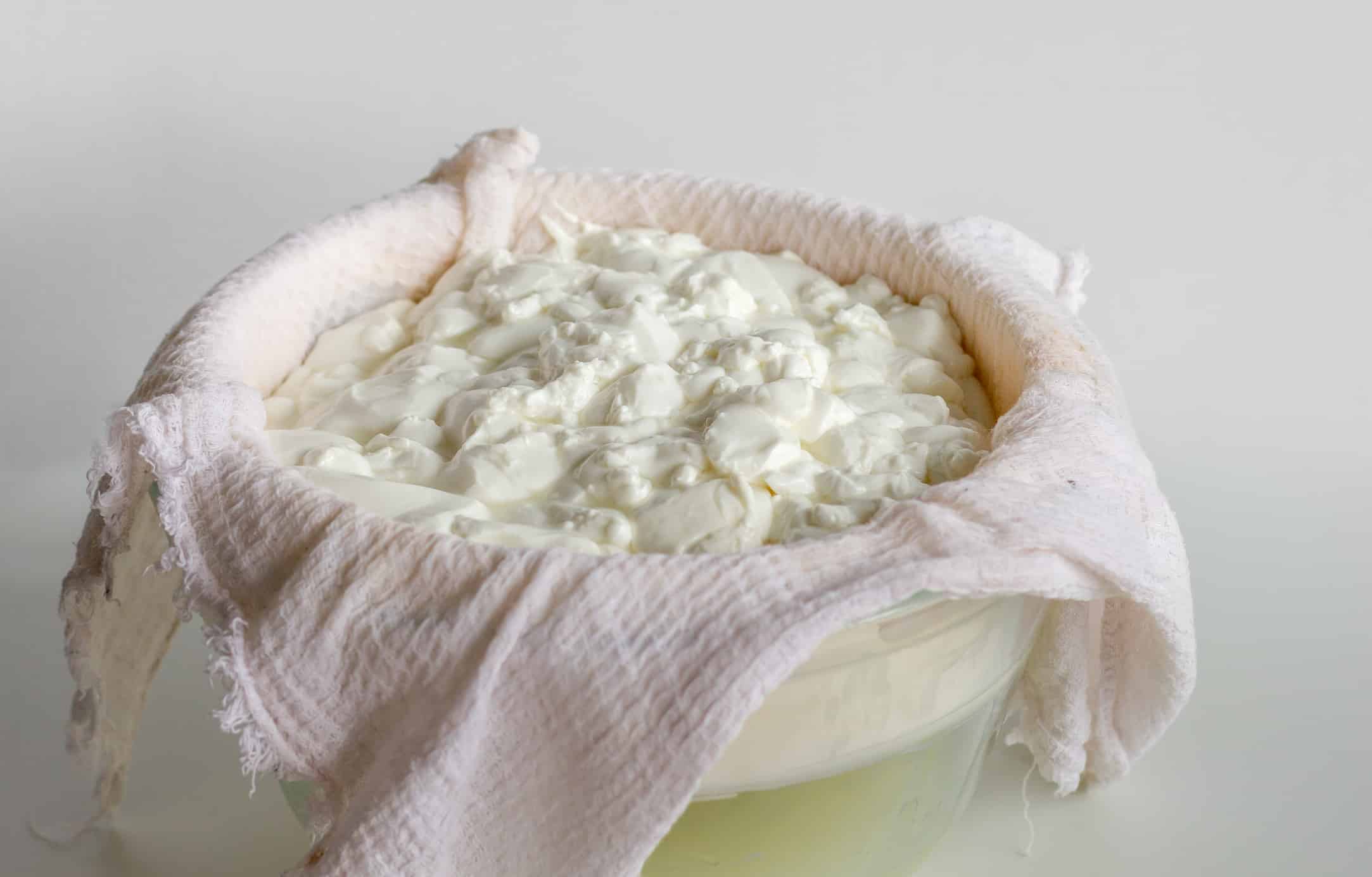When choosing between curd vs. yogurt as the base for a creamy sauce or a tasty treat, you may be wondering what is the difference! Each of these products involves the fermentation process of milk with the bacteria lactobacillus. However, some differences in consistency, flavoring, and further production set curd vs. yogurt apart. Several types of yogurt are popular in the States (greek yogurt anyone?). Meanwhile, curd is also called Dahi in places like India. Like yogurt, curd is commonly used in recipes and meals all the time. The two can be used in place of each other but have some key factors that make them unique.
In this post, we will talk about the processes for making both curd and yogurt. We will take a closer look at some of their applications in recipes. You'll also learn about how curd and yogurt might be used in different cooking styles. If you started out wondering about the difference between curd vs. yogurt, by the end of this you’ll understand which one to pick at the grocery store.
Curd vs. Yogurt: What is The Difference?
As we mentioned above, curd and yogurt use the same process for fermentation, with the help of the bacteria lactobacillus. However, there are important differences between yogurt and curd. Curd is made by adding a souring agent, like lemon, to milk, while yogurt is made by fermenting milk with specific bacterial strains. While both are rich in probiotics and protein, curd is often preferred for its tangy taste and versatility in cooking, while yogurt is known for its creamy texture and cooling properties. Finally, curd is more popular in Indian cuisine.
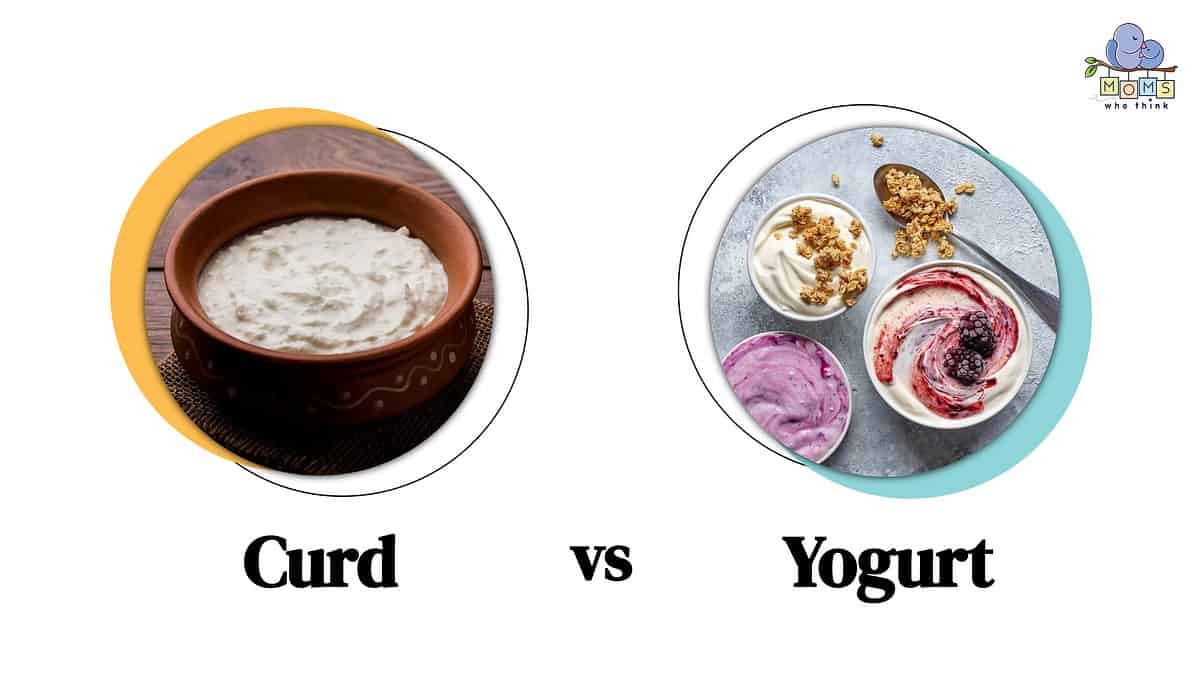
©
Let's compare these two foods against one another in more detail.
Curd vs. Yogurt Nutrition
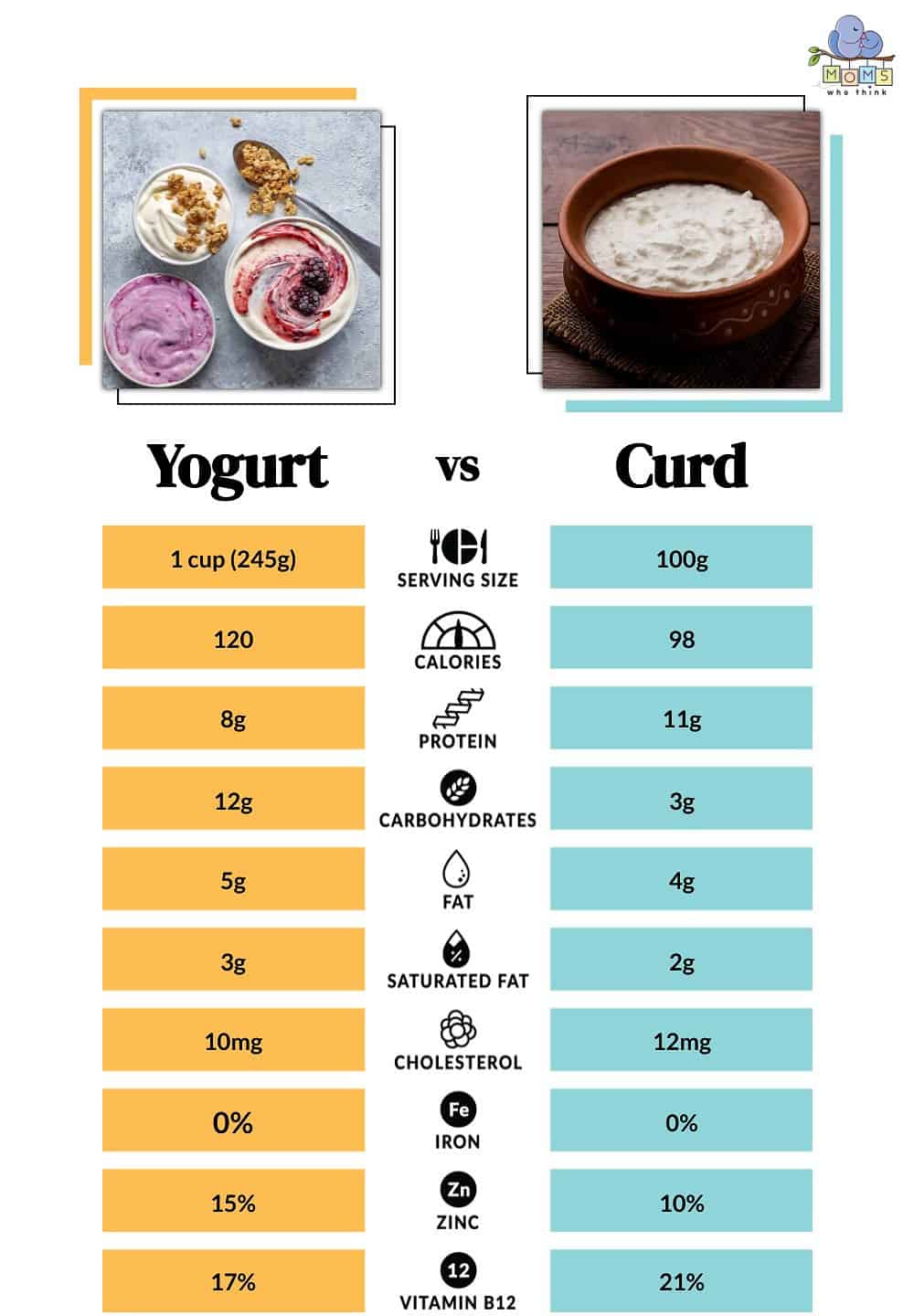
©
Yogurt and curd have similar nutritional values. Exact nutritional information will depend on the brands of curd or yogurt. For example, sugars can be added to many yogurts and ones with lower fat will have lesser calorie counts per serving.
What is Curd?
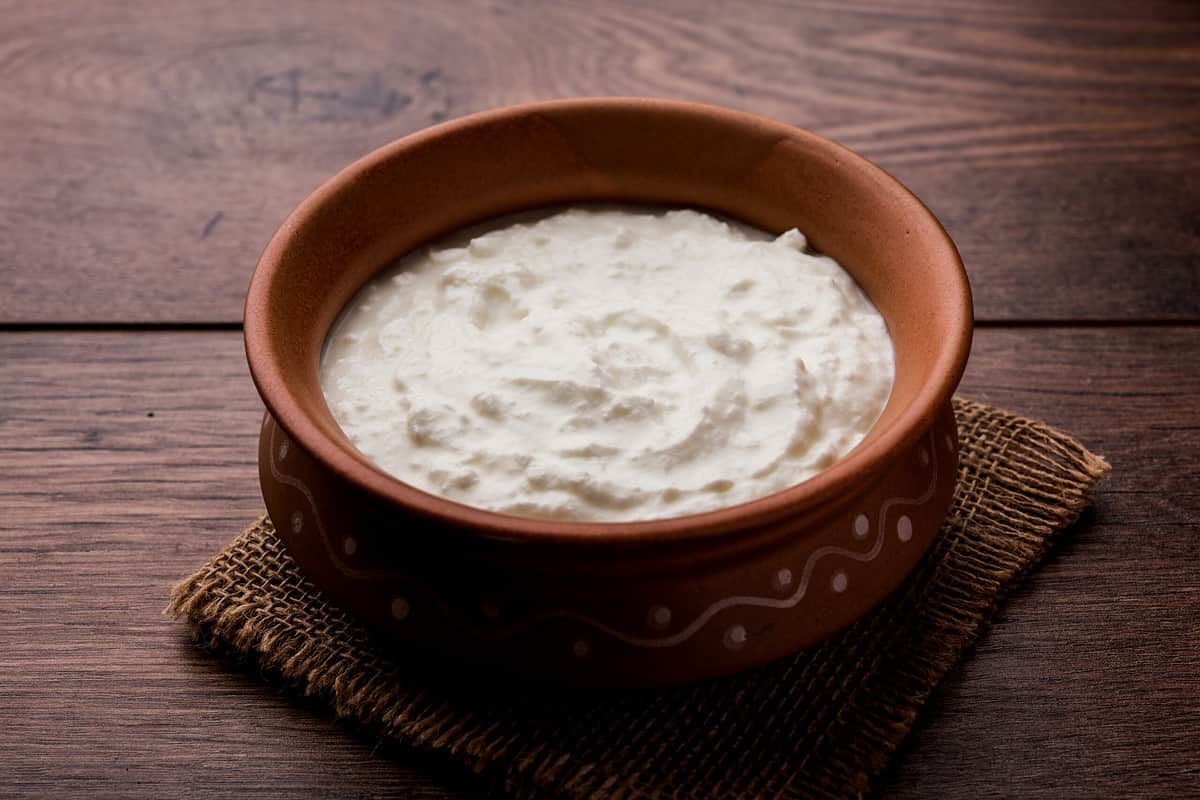
©Indian Food Images/Shutterstock.com
Curd, also called Dahi in Indian subcontinental cultures, is a sour and creamy custard-like sauce. It pairs well with many flatbreads (naan) recipes and is used in the classic drink mango lassi. It is a great addition to hot meals that could use a little cooling tang. Other forms of curd, that have been helped along in the fermentation process, include cottage cheese, or fully processed cheese curds. In this post, we'll focus on the creamy sauce form.
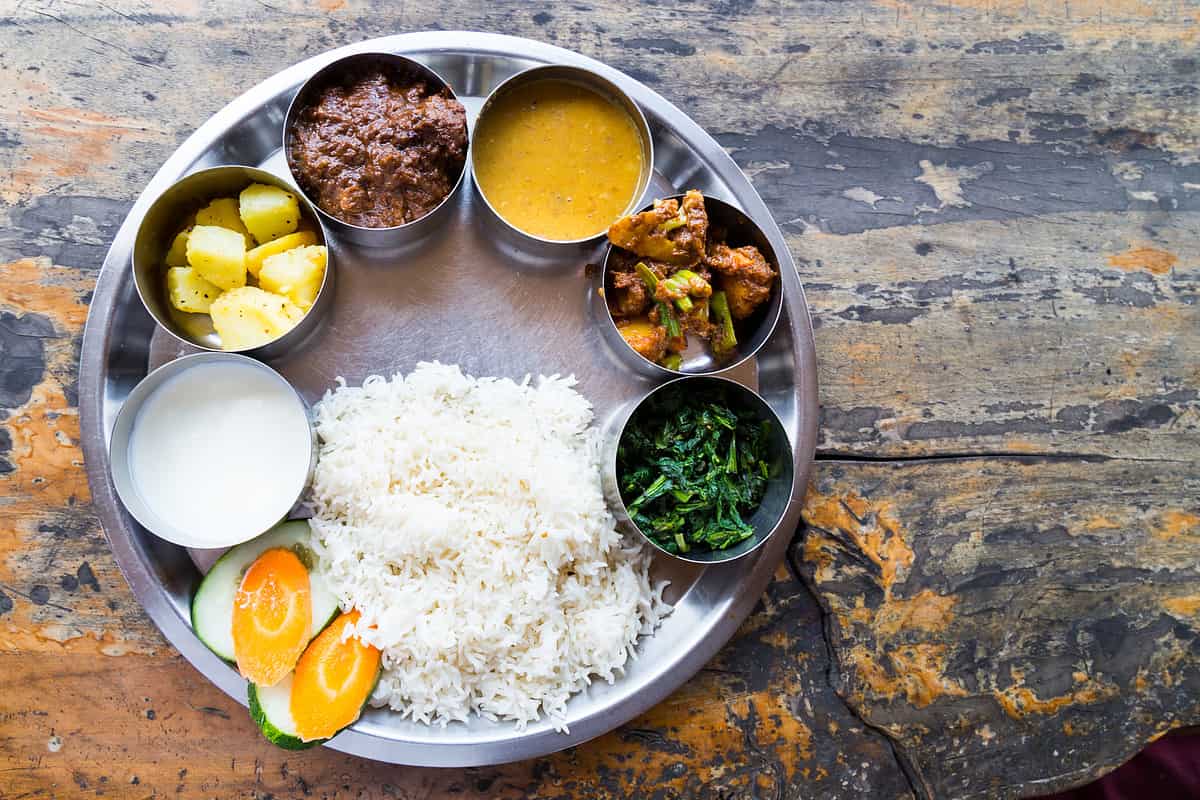
©iStock.com/ThamKC
History And Origin
Curd has been used in Indian cooking since around 500 BC. It became popularized in major cultural dishes by 1000 AD. Curd, similar to yogurt, can be easily made by accident. All it took was for dairy milk to begin to sour for the consistency to change. The existence of both of these dairy-based products is a wonderful thing. Let's take a closer look at the process for curd.
How Curd is Made
Since dairy milk naturally sours when left out, the bacteria lactobacillus is what starts the fermentation process. It can be added straight to the mixture or start to grow with the help of an acidic substance. Simply add lemon juice or vinegar to dairy milk. To make curd, the milk is boiled before the acidic ingredient or bacteria is added. This results in coagulation, which causes a thicker consistency and that tangy sour taste. It can be consumed while still warm and with fruit or other sweeteners. Curd can also be refrigerated to achieve a custardy quality.
Nutritional Value
Because curd is a much earlier stage of the fermentation process that goes into yogurt, curd has less protein. It does, however, have lots of probiotics that are good for you, as well as natural vitamins and minerals. Dairy milk alone contains calcium, riboflavin, vitamin D, phosphorus, and vitamin B12. Boiling the milk can reduce the amount of probiotics in the raw milk. However, these probiotics can be added back into the curd during the final steps of processing. So it's a tradeoff, but still good to know about going forward.
Popular Uses
Curd, or Dahi, is popular in fruit drinks like mango lassi, and other smoothies. It is a wonderful sauce over meats, with flatbread, and is a featured ingredient in lots of Indian cooking. If refrigerated, it is a cooling addition to hot meals, and when warm, it can be drizzled as a garnish or used as a base for other sweet, salty, or spicy flavors.
What is Yogurt?
Yogurt is a thick, creamy, and smooth dairy product that is achieved through the fermentation of milk. In its modern form, there are alternative milk yogurts available for purchase alongside classic cow, sheep, and goat milk yogurts. It can come in a variety of flavors depending on its base and be utilized in a wide range of recipes and dishes as a creamy base, sauce, or garnish.
History And Origin
Eatery traces the history of yogurt way back to between 10000 – 5000 BCE. There had to be milking animals present and the chance for milk to be collected and naturally sour. Thus, the invention of yogurt. There is evidence of milking animals and their dairy by-products all across Europe, Africa, and the Middle East during this time frame. So it's hard to pinpoint where yogurt originated but it is clear the coagulated dairy product has been around for a while!
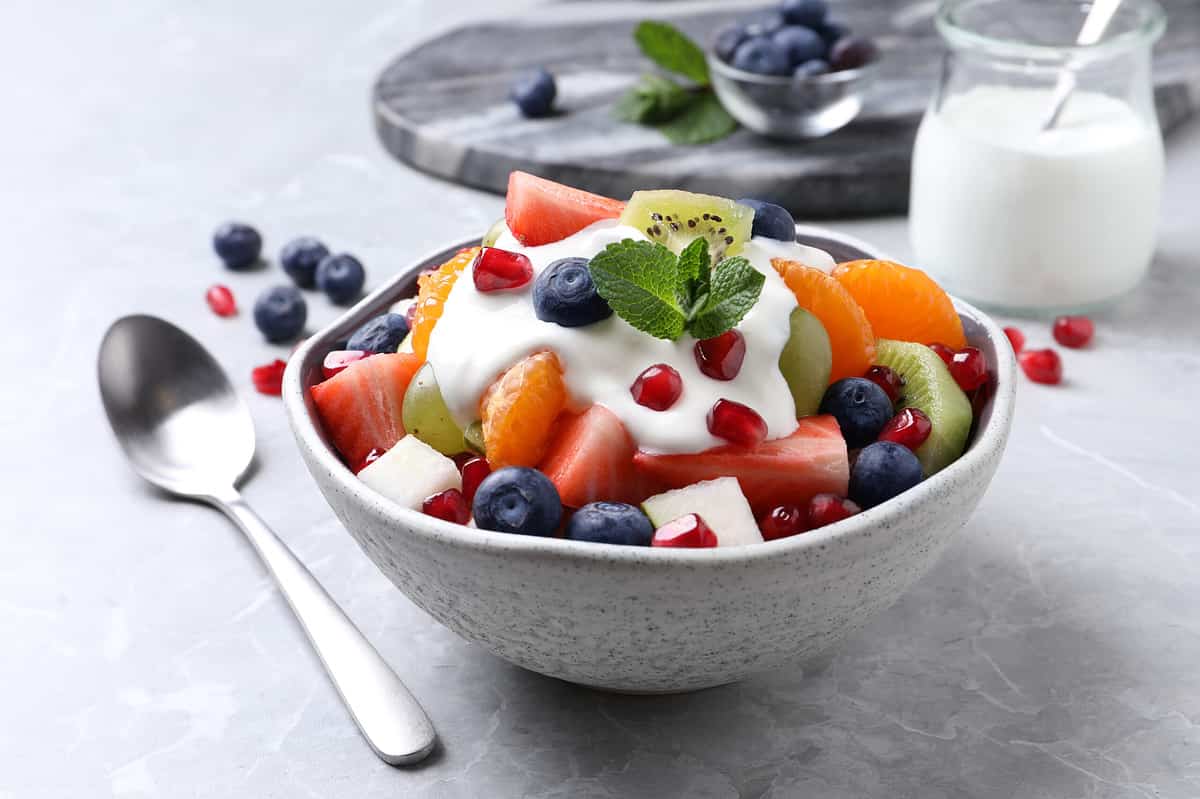
©New Africa/Shutterstock.com
How Yogurt is Made
Like curd, yogurt starts when milk goes sour. Of course, the modern-day process has gotten yogurt creation down to a science. There are some key steps in the modern yogurt creation process. First, the raw milk goes through “standardization” where the fat, protein, lactose, and minerals are separated from the liquid milk. Into this pure liquid goes certain amounts of all those things so that production can control the amount of fat, lactose, and other vitamins in the yogurt that is sold. “Pasteurization” is where this mixture is heated up to kill harmful bacteria and the “homogenization” is where the milk is processed to get a uniform and creamy texture. This is when sweeteners and stabilizers are added to the dairy mixture.
The next step is cooling and the introduction of bacterial cultures Lactobacillus bulgaricus and Streptococcus thermophilus which eat the sugar in the milk, turning it into lactic acid which causes coagulation, and just like that you have yogurt! The yogurt is incubated in a temperate room for the bacteria to fully do their job before the solidified yogurt is set to be refrigerated and eventually sold in its final and delicious, creamy form (via Eatery).
Nutritional Value
Yogurt has lots of vitamins and important minerals like calcium, phosphorous, riboflavin, and vitamin B12, just like dairy milk does! And for further health benefits, the probiotics present in yogurt are often linked to enhanced immunity, a higher functioning digestive system, and better vitamin intake, among many other things.
Popular Uses
Yogurt is a fantastic base for fruit, nuts, and granola as well as lovely in making creamy smoothies. It can be mixed with spices to create tangy sauces or used as a garnish for a cooling and silky contrast to a tomato soup or hearty stew. The possibilities are endless, just decide what kind of yogurt you want to add to make your meal that much more tasteful.
Are Curd and Yogurt The Same Thing?
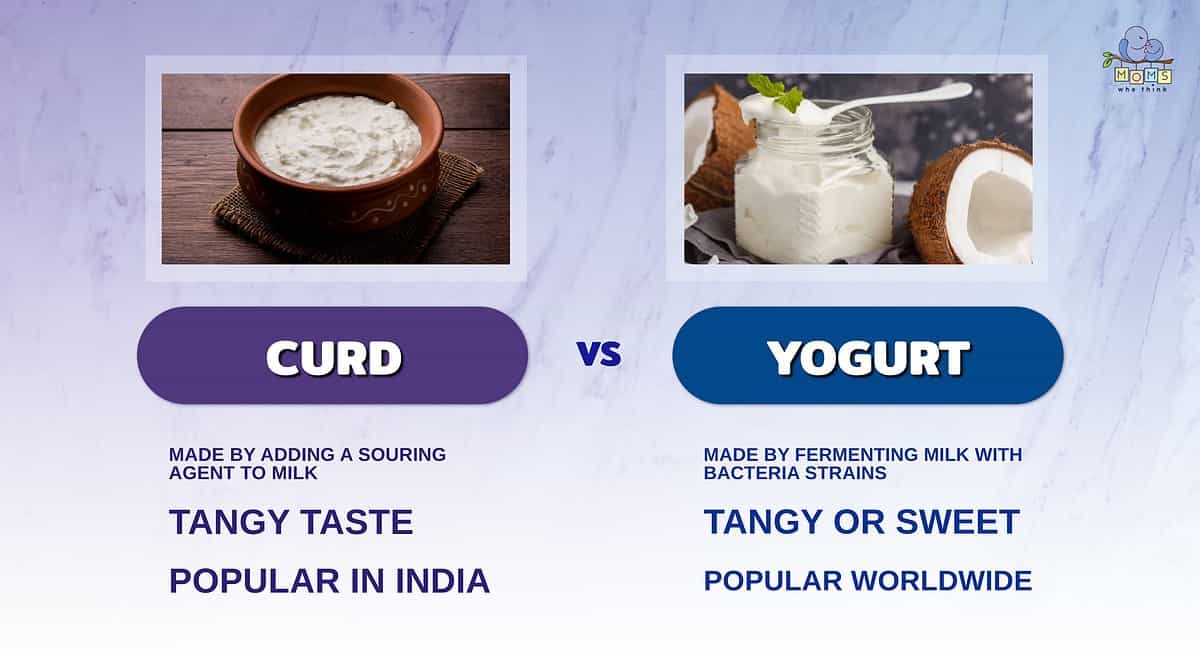
- The way that curd is made is different from how yogurt is made. Curd is made by adding a souring agent, like lemon, to milk. Meanwhile, yogurt is made by fermenting milk with different bacteria strains.
- Curd has quite the tangy taste. Yogurt can be tangy, but more often than not it's sweet due to added sugar.
- In this form, curd is popular in India. Yogurt is a very popular milk product worldwide.
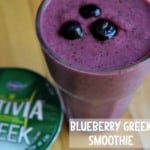
Greek Yogurt Blueberry Smoothie
- Total Time: 10 Minutes
Ingredients
- 1 Blueberry Greek Yogurt
- 1 cup Frozen Berries
- 3/4 cup water or milk
- 1/2 Banana
- Honey to taste (optional)
- Optional Protein additions: Chia Seeds, Oatmeal, Peanut Butter, or Almonds
Instructions
- Combine ingredients and blend.
- Prep Time: 10 Minutes
So, while we've learned that curd and yogurt have some similar processes, it is their texture and flavoring that truly set them apart. They are different things but can be used as a substitute when you need a creamy addition. In a pinch, curd is a bit easier to make than its yogurt counterpart, but both can provide different tastes and consistencies. So, it's helpful to know the difference!
Possible Alternatives To Curd Or Yogurt
Since both curd and yogurt are dairy-based products, check out alternative-milk yogurts for an easy substitute. If dairy isn't an issue, crème fraîche, sour cream, cottage cheese or ricotta cheeses are good alternatives for a similar texture to curd and/or yogurt.
The image featured at the top of this post is ©iStock.com/Tatiana Foxy.
